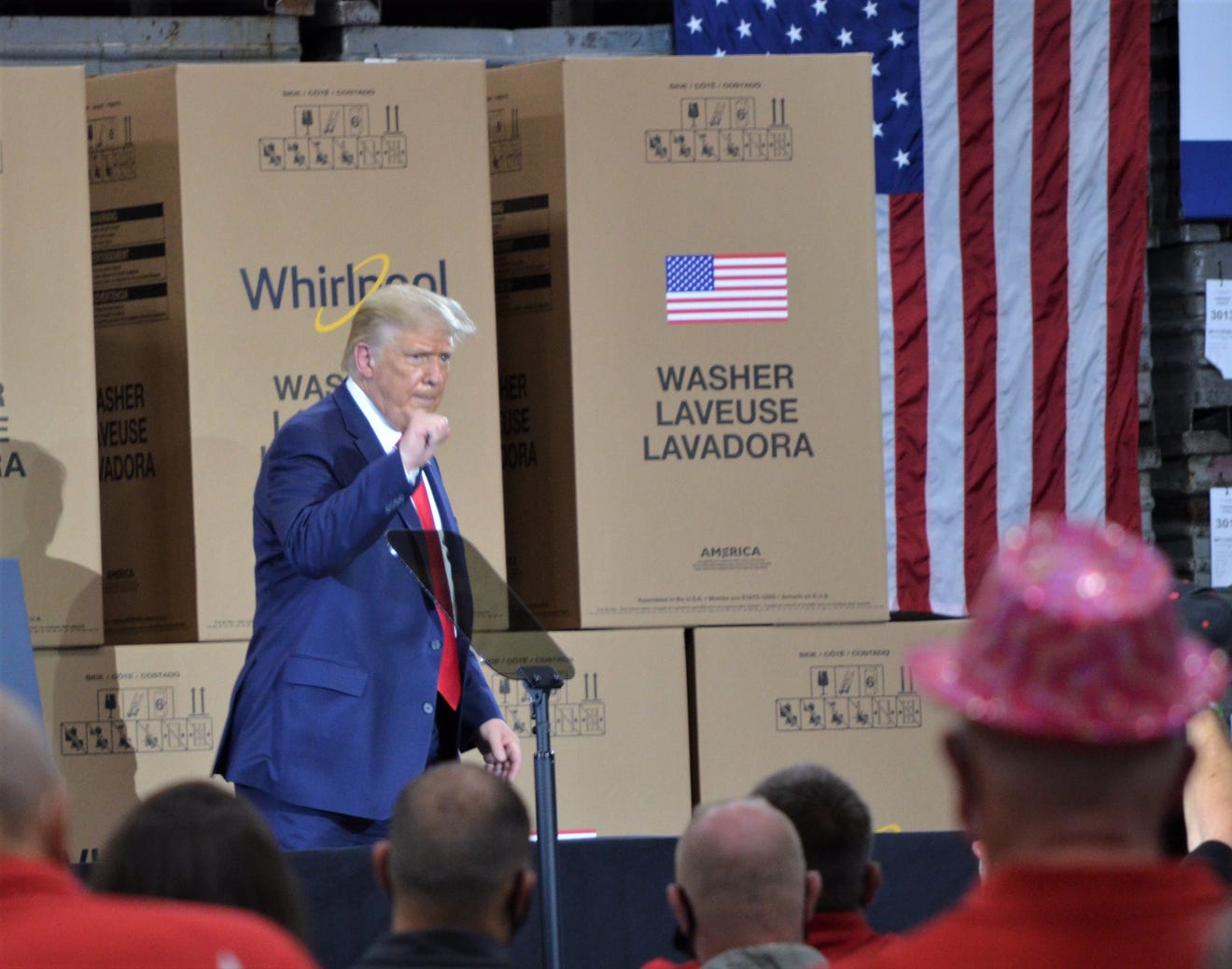India's Vulnerability: How Reciprocal Tariffs Threaten Key Sectors

Table of Contents
Impact of Reciprocal Tariffs on India's Agricultural Sector
Agriculture forms the backbone of India's economy, employing a significant portion of the population and contributing substantially to the GDP. However, this vital sector is highly vulnerable to the impact of reciprocal tariffs. Several agricultural products, including rice, wheat, sugar, and various spices, are major export commodities. The imposition of reciprocal tariffs by other nations could lead to:
- Reduced export volume and revenue: Higher tariffs imposed by importing countries would make Indian agricultural products less competitive, leading to a decline in exports and a significant loss of revenue for farmers and the nation.
- Price fluctuations and impact on farmers' income: Reduced export demand could cause price drops in the domestic market, directly impacting farmers' incomes and livelihoods. This could lead to increased distress among farmers and potentially destabilize rural economies.
- Increased domestic prices for consumers: In some cases, reduced exports might lead to a shortage in the domestic market, resulting in higher prices for consumers and increased inflationary pressure.
The impact of reciprocal tariffs on Indian agriculture is deeply concerning, threatening food security and the livelihoods of millions. Effective strategies are needed to mitigate these risks and safeguard Indian agriculture and its agricultural exports.
The Pharmaceutical Industry Under Threat from Reciprocal Tariffs
India's pharmaceutical industry has earned global recognition as a significant producer and exporter of generic drugs and Active Pharmaceutical Ingredients (APIs). This sector plays a crucial role in providing affordable medicines both domestically and internationally. However, the imposition of reciprocal tariffs poses a serious threat. The potential consequences include:
- Reduced pharmaceutical exports: Higher tariffs on Indian generic drugs and APIs could significantly reduce exports, impacting the revenue and growth of the industry.
- Increased medicine prices: Reduced supply due to tariffs could lead to higher medicine prices, both in India and globally, affecting access to essential medications for millions.
- Retaliatory tariffs: The imposition of reciprocal tariffs by India on other countries' pharmaceutical products could lead to retaliatory measures, further escalating trade tensions and harming the industry.
The potential for disruptions in the global pharmaceutical supply chain due to reciprocal tariffs highlights the need for proactive measures to safeguard this vital sector and ensure continued access to affordable medicines.
Textile Sector Sensitivity to Reciprocal Tariffs
India's textile sector, a cornerstone of its economy and a major employment generator, is significantly exposed to the risks associated with reciprocal tariffs. Products such as cotton, garments, and other textiles are major export items. The impact of reciprocal tariffs could manifest in:
- Job losses in the textile industry: Reduced competitiveness due to tariffs could lead to factory closures and job losses in the textile sector, affecting millions of workers.
- Decreased competitiveness in the global market: Higher tariffs make Indian textile products less attractive compared to competitors, potentially leading to a loss of market share.
- Impact on related industries like cotton farming: Reduced demand for textiles could have a ripple effect, impacting the agricultural sector which supplies raw materials like cotton. This underscores the interconnectedness of various sectors within the economy.
The vulnerability of the Indian textile exports and the garment industry to reciprocal tariffs necessitates the development of strategies to strengthen this sector's resilience and competitiveness.
Mitigation Strategies: Navigating the Challenges of Reciprocal Tariffs
India needs to adopt proactive strategies to mitigate the damaging effects of reciprocal tariffs. These strategies could include:
- Diversifying export markets: Reducing reliance on specific markets by exploring and developing new trade partnerships can lessen the impact of tariffs from individual countries. Trade diversification is key to building economic resilience.
- Strengthening domestic demand: Focusing on stimulating domestic consumption and reducing reliance on exports can provide a buffer against external trade shocks.
- Negotiating trade agreements to reduce tariff barriers: Active engagement in bilateral and multilateral trade negotiations to reduce or eliminate tariff barriers is crucial.
- Investing in technology and innovation to improve competitiveness: Modernizing technology and investing in research and development can improve efficiency and competitiveness in global markets, enabling Indian industries to withstand tariff pressures.
By focusing on these areas, India can enhance its economic resilience and navigate the challenges posed by reciprocal tariffs.
Conclusion: Addressing India's Vulnerability to Reciprocal Tariffs
This analysis highlights the significant threats posed by reciprocal tariffs to various key sectors of India's economy, impacting agriculture, pharmaceuticals, textiles, and potentially many others. The potential consequences – reduced exports, job losses, and increased prices – demand urgent and proactive measures. It's vital to diversify export markets, strengthen domestic demand, engage actively in trade negotiations, and invest in technological innovation to mitigate the risks associated with reciprocal tariffs. Understanding the implications of reciprocal tariffs is crucial for safeguarding India's economic future. Learn more about how these tariffs threaten key sectors and advocate for policies that promote sustainable and resilient growth. Let's work together to protect India's economic interests in this challenging global trade environment.

Featured Posts
-
 Marlins Fall Again To Dodgers Freeman And Ohtani Deliver Crucial Home Runs
May 15, 2025
Marlins Fall Again To Dodgers Freeman And Ohtani Deliver Crucial Home Runs
May 15, 2025 -
 Ohio Train Derailment Toxic Chemical Lingering In Buildings Months After
May 15, 2025
Ohio Train Derailment Toxic Chemical Lingering In Buildings Months After
May 15, 2025 -
 Behind The Scenes Of Andor Cast Interview On The Rogue One Prequels Conclusion
May 15, 2025
Behind The Scenes Of Andor Cast Interview On The Rogue One Prequels Conclusion
May 15, 2025 -
 Kdhe Announces Boil Water Advisory For Anderson County Rural Water District 4
May 15, 2025
Kdhe Announces Boil Water Advisory For Anderson County Rural Water District 4
May 15, 2025 -
 Joopiter Auction Features Kid Cudis Exclusive Collection
May 15, 2025
Joopiter Auction Features Kid Cudis Exclusive Collection
May 15, 2025
